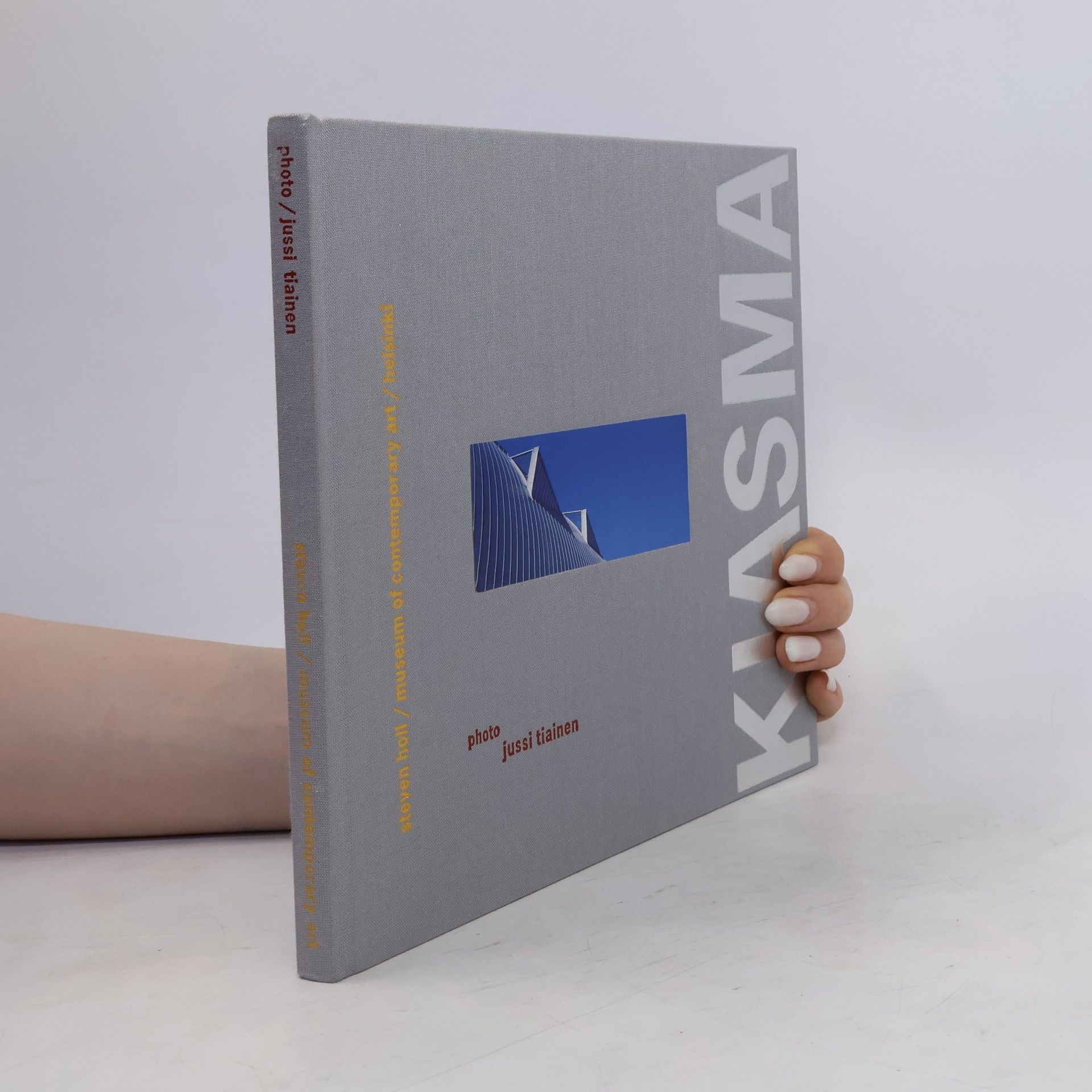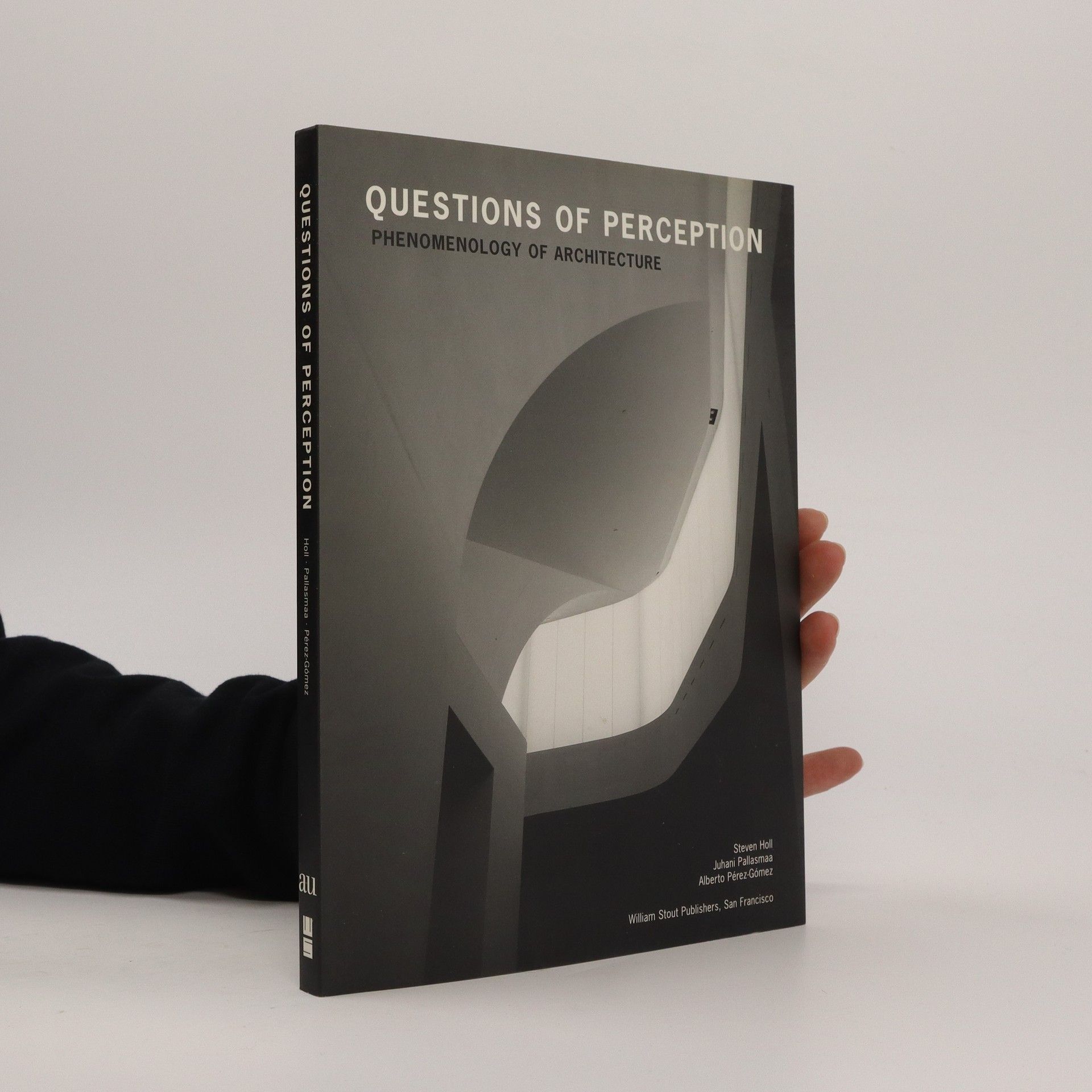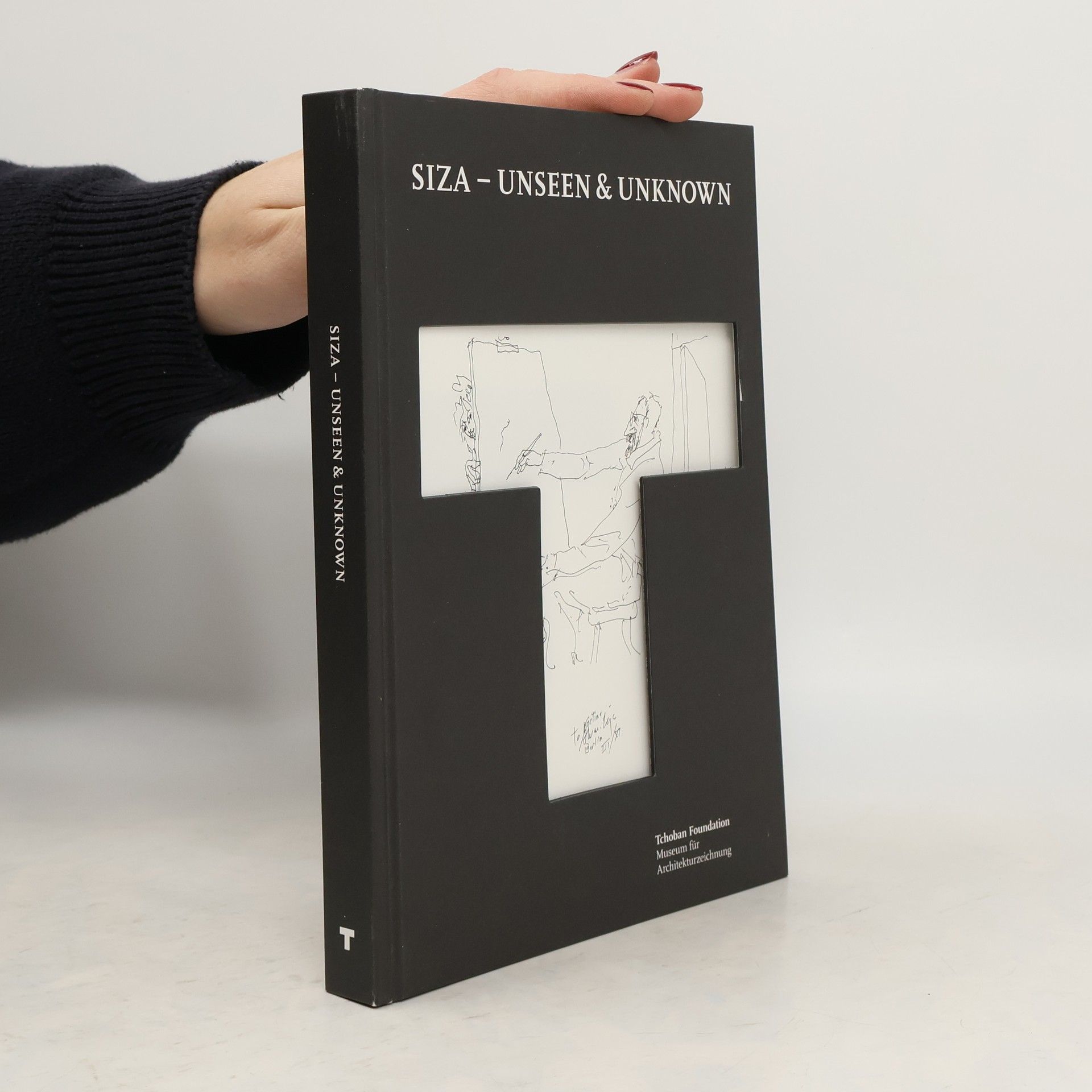Questions of Perception
- 155pages
- 6 heures de lecture
A+U 1994 special edition covering the work of Holl, Pallasmaa, and, Perez-Gomez, titled Questions of Perception. Their three individual essays presented in the book, are thematically linked; each one tries to explain the role man's perception plays in architecture and also explores phenomenal accounts. In their original introduction, the authors write: "The endless cultural limitations and contradictions inherent in artistic work, revealed with impeccable clarity and logic by the critics' deconstructive theory, are ultimately of limited use for the generation of architecture. The architect must take a position, one that necessarily has ethical consequences, and for which words, a theoretical discourse is nevertheless indispensable.Bilingually presented in English and Japanese.






